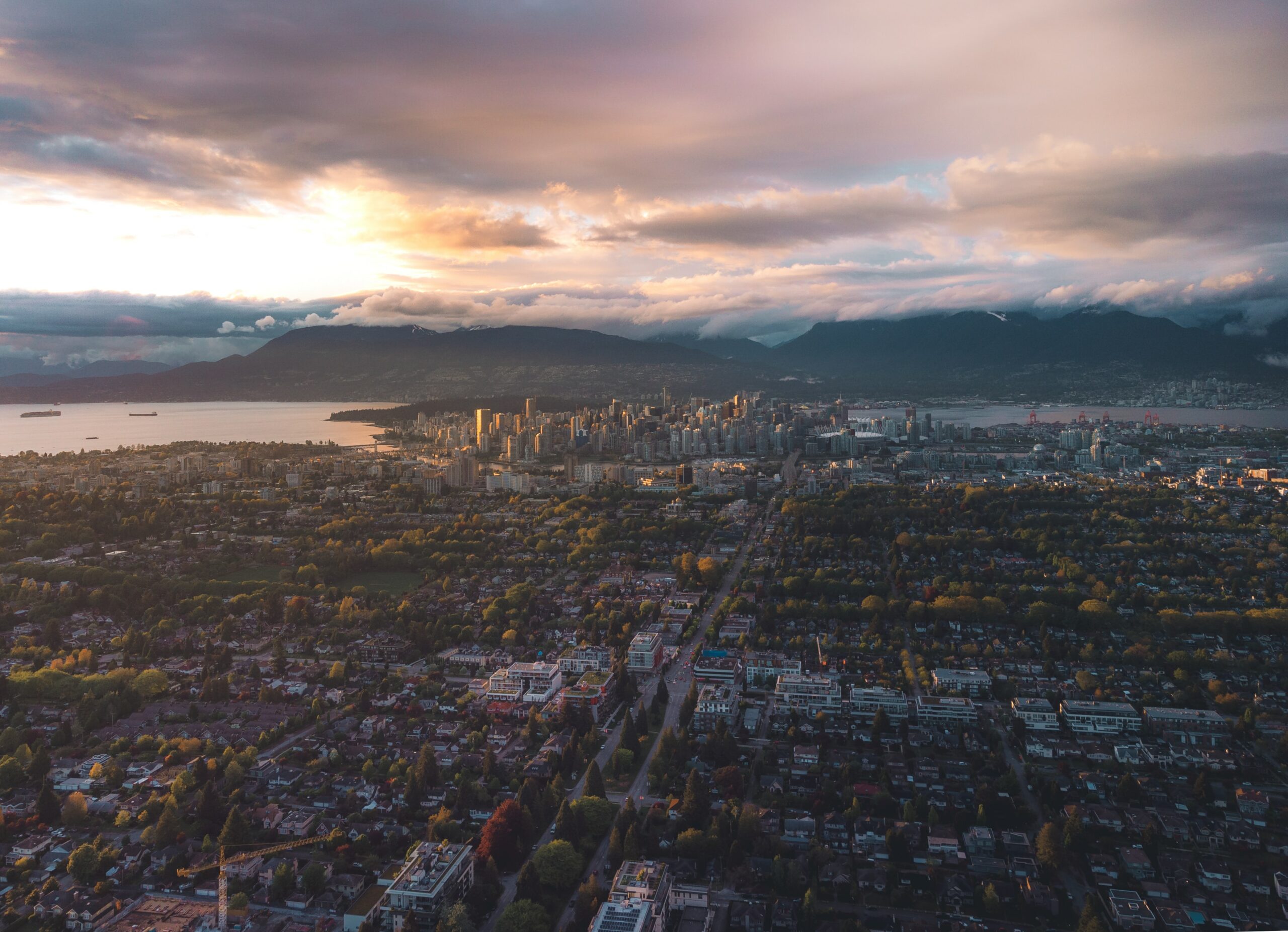
By: Chloë Arneson, News Writer
A new study by SFU researchers finds that 79% of Vancouver residents have access to a grocery store within a 15 minute walking distance. The Peak interviewed Kate Hosford, PhD candidate in SFU’s health sciences department, who recently published her work on the walking and cycling accessibility to grocery stores in the greater Vancouver area, to learn more about inclusive city design.
Hosford explained that city planning encompasses more than shaping the physical features of a city — it can impact how residents interact with the space around them. She commented on the importance of a well-designed neighbourhood and the effects it can have on certain populations. “Designing cities so that people can access their daily needs by walking or cycling not only makes for a more inclusive city but is also beneficial from a health and environmental perspective.”
The walkability of a given neighbourhood can improve the well-being of community members. “People who live in neighbourhoods with more destinations and recreational facilities have higher levels of transport-related physical activity and social connections — which [are] both important for our health,” Hosford said. A study published by Statistics Canada found many Canadians are not meeting the recommended levels of physical activity. They found neighbourhoods that are activity friendly can positively impact the fitness levels of residents.
Improving accessibility to grocery stores involves changing the way residents interact with their communities by reducing the need for cars, and increasing walking and cycling. Hosford explained the importance of implementing “land use policies that support mixed-use higher density neighbourhoods.” This means designing buildings to be multi-purpose, such as highrise living above a convenience store or office spaces connected to retail stores.
“It will be important to work on preserving and creating affordable housing options so that lower income populations aren’t further displaced into outlying areas,” she said. This strategy is already being implemented in Paris. Hosford explained the Mayor of Paris’s goal to have “30% of the housing stock in the public domain by 2030.” This will “help retain low and middle income residents.”
The City of Vancouver has recognized the need to set targets for increasing walkability within the city. They aim to have 90% of residents live within walking distance or bike ride of their daily needs by 2030 as part of their climate emergency action plan. By increasing spaces for walking, cycling, and transiting in the metro core, the City hopes to have “two-thirds of trips in Vancouver to be by active transportation and transit.”
The action plan also recognizes that those who contribute the least to climate change are often the most impacted. The plan notes “climate justice will be a key part of our work, aiming to overcome historic discriminatory city legacies.” Hosford said, “People [who] are more dependent on the car, public transit, or delivery services for groceries” have unequal access to basic necessities and facilities.
In the future, Hosford hopes to study whether spatially accessible grocery options are actually meeting residents’ needs. “It’s also important to talk to people to understand if the local grocery stores are serving their needs. The closest store might not be affordable, or it might not have culturally appropriate foods,” she said.
You can learn more about the 15-minute city by visiting their website or by reading Kate Hosford’s research paper.
